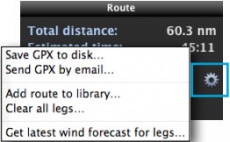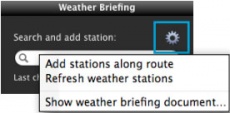(Importing a new version from external source) |
(Updating to match new version of source page) |
||
| Line 2: | Line 2: | ||
<br /> | <br /> | ||
---- | ---- | ||
| − | In this article, we will describe some useful tips to be taken into account for when flight planning. | + | In this article, we will describe some useful tips to be taken into account for when you are flight planning. |
* '''TIP 1''' | * '''TIP 1''' | ||
: Before creating a route, we always recommend to: | : Before creating a route, we always recommend to: | ||
Latest revision as of 21:45, 16 October 2015
In this article, we will describe some useful tips to be taken into account for when you are flight planning.
- TIP 1
- Before creating a route, we always recommend to:
- Create an Aircraft profile
- Assign it to the current Mission.

- TIP 2
- Always check the red bubbles for each module of a flight. They will give you information about the problem.

- TIP 3
- Check that your downloaded map is enabled under the Map TAB.
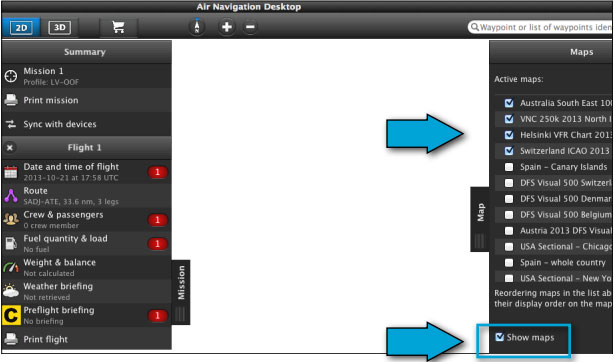
- TIP 4
- The Map options to show or hide waypoints, airspaces and other widgets such as NOTAM, METAR and obstacles are managed from the Map TAB.
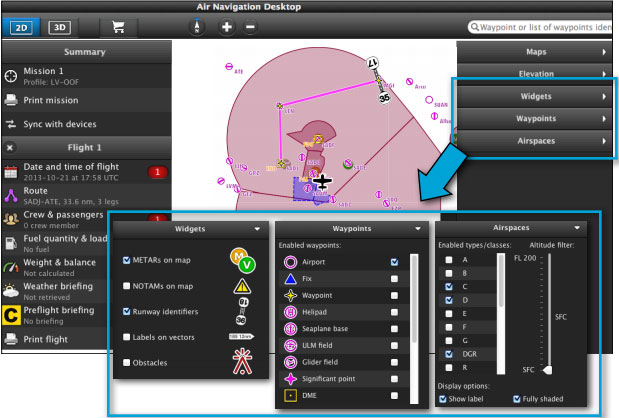
- TIP 5
- You can enter the ID of the waypoint you wish to add to the route in the search field.
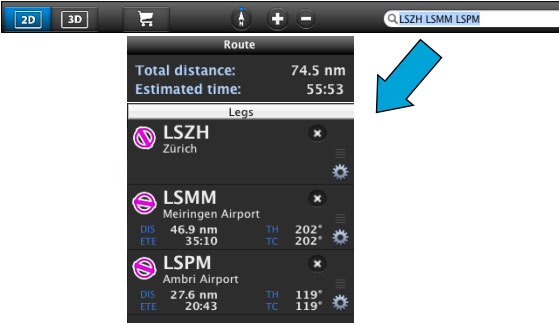
- TIP 6
- You can right-click on the moving map to reach various options.
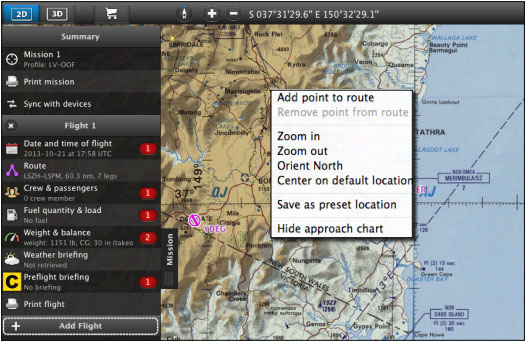
- TIP 7
- When terrain is an obstacle for our route, we can add mid waypoints in the Elevation graph making a click on the problematic area directly in the graph.

- TIP 8
- You can show or hide airspaces in the Elevation Graph from the Map TAB.
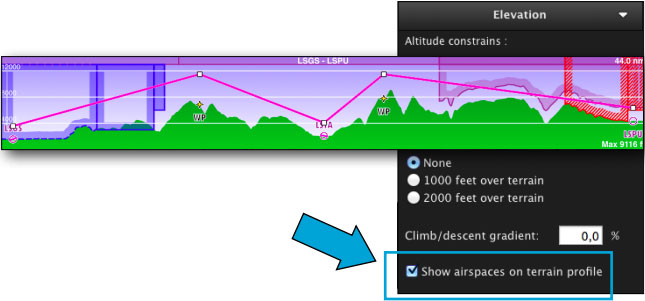
- TIP 9
- Units can be configured from the «Preferences» module under under «File» top menu.
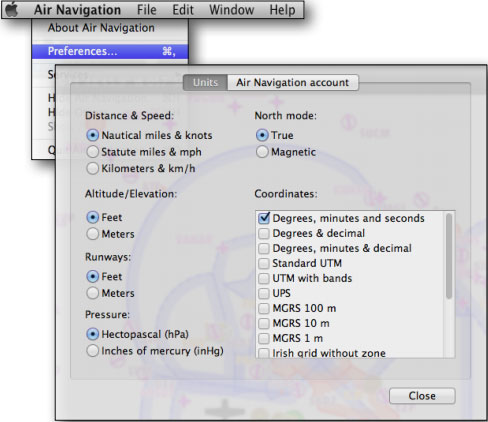
- TIP 10
- You can enable some useful widgets from the Map TAB.
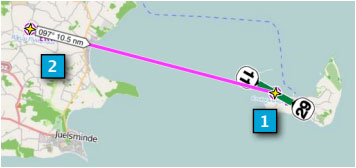
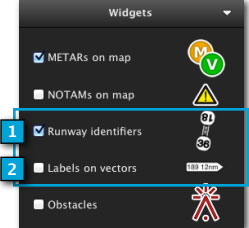
- TIP 11
- The wheel symbol at top of the menus have useful options to check out.
- TIP 12
- If you do not want to show all the contact frequencies when you print your flight out, you can uncheck them from the waypoint info window.

Back to index
